Founded in 1990, Sharpe Products is an ISO 9001:2015 certified company specializing in industrial and commercial pipe and tube bending, laser cutting, end-forming or other custom fabrication services. In addition, we offer a robust line of architectural handrail fittings and accessories such as brackets, connectors, disks, end-caps, flanges, newel caps and spheres.
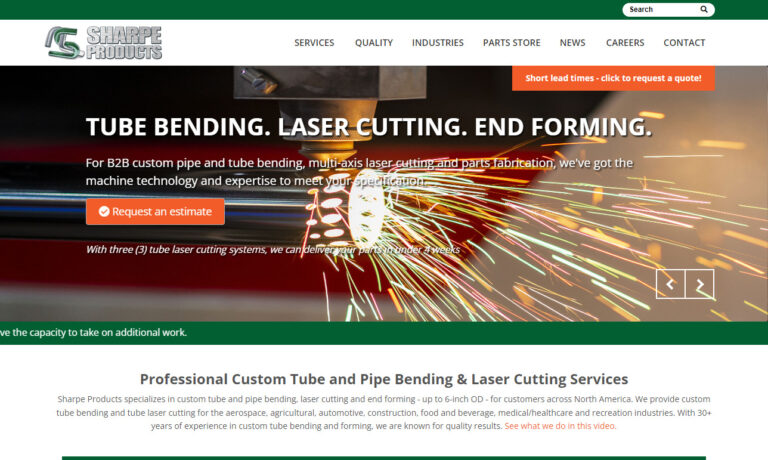
Founded in 1959, Tube Bending Technology has its roots in the Apollo space program. With such a legacy, we take quality, performance and customer satisfaction very seriously. Our custom tubing services include tube bending and coiling, end finishing, processing, machining, welding/brazing, helium leak detection and more. At TBI, we live and breathe quality. To show our commitment, we are ISO...

At KMK Metal Fabricators, Inc., we pride ourselves on being industry leaders in tube fabrication, offering a comprehensive range of services tailored to meet the diverse needs of our clients. With years of experience, a commitment to excellence, and a customer-centric approach, we have established ourselves as a trusted partner in the fabrication industry. Our core focus lies in providing...

SCR Precision Tube offers the best customer service in the industry, specializing in prototyping & design of tube, hose & fittings assemblies. Our CNC facility has full tube bending, cutting & swagging capabilities with elbows & straight tubing in steel, aluminum, copper & titanium. Email for a quote!

At TBC Metalworks, we take pride in our expertise in tube fabrication, offering tailored solutions to meet the diverse needs of our clients across various industries. With years of experience, a commitment to quality, and a customer-centric approach, we have established ourselves as a trusted partner in the fabrication industry. Our primary focus is on providing a comprehensive range of tube...

More Thin Wall Tubing Manufacturers
Thin wall tubing is becoming increasingly used in various industries which require precise measurements including: medical, for applications such as catheter systems, lab equipment, and surgical instruments and diagnostic equipment; industrial manufacturing, for chemical and solvent processing; automotive, for fuel lines, bundling, color coding and wire harnessing and other engine and fuel processes.
The thickness of the wall does not affect the outside diameter (OD), although it does affect the inner diameter (ID), which is calculated as OD minus two times the wall thickness. Thin wall tubing can be fabricated from metals such as stainless steel, aluminum, steel, copper and brass, as well as plastics including polyvinyl chloride (PVC), Teflon, nylon and polyethylene terephthalate (PET).
Some advantages of thin wall tubing include good insulating properties, excellent abrasion and chemical resistance, high strain relief, high temperature capabilities and protection against mechanical damage. In addition, certain types of thin wall tubing are up to military (MIL) standards and may be used in corresponding applications such as military vehicle harnessing. Some thin wall tubes may also be flexible allowing for increased application usage not limited to range of movement.
Two different processes are used in thin wall tubing manufacturing: tube rolling and tube extrusion. Tube rolling involves three main steps: cutting pre-impregnated materials and rolling them around a mold or mandrel; wrapping the mandrel in a sleeve or film to eliminate retained air; and heat-curing, after which the mandrel can be removed to release the formed hollow tube. In tube rolling, to make thin-walled tubing, the pre-impregnated materials must be wrapped incredibly tightly around the mold.
Of all the tube rolling mill types, Assel mills are the best-suited for high precision in tubing wall thicknesses. However, tube extrusion is a much more common process. In order to begin extrusion, a round billet is pressed by a ram through a die, which is a hollow profile that shapes the material into the desired shape as the billet is squeezed through. This process is performed at extremely high temperatures. The material can be extruded through the die using two different methods of extrusion: indirect extrusion and direct extrusion.
In direct extrusion, the die is held stationary while the ram pushes the billet through the die opening. In indirect extrusion, the die is held stationary as the hollow ram moves into the stationary billet from one end, forcing the material to flow through the die. After the thin-wall tubing has been extruded, it is straightened by a stretcher into the desired length. There are a number of steps in tube fabricating and tube cutting and each needs to be considered carefully.







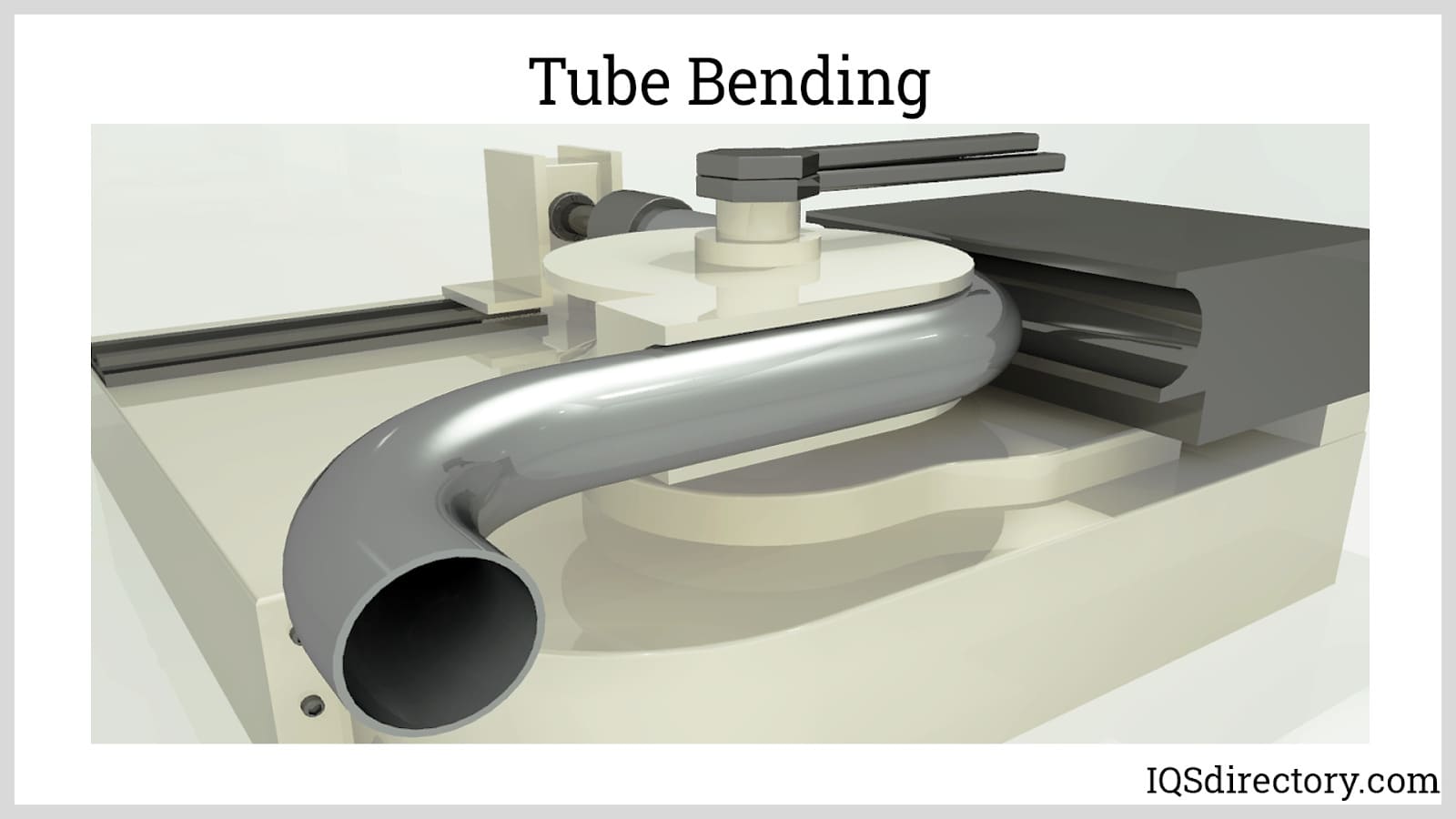
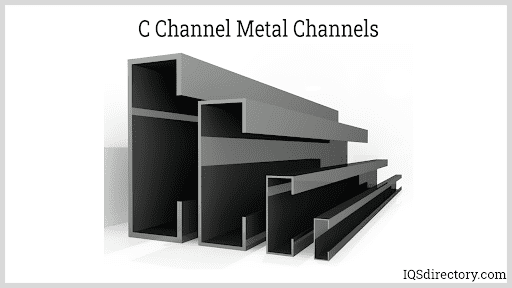

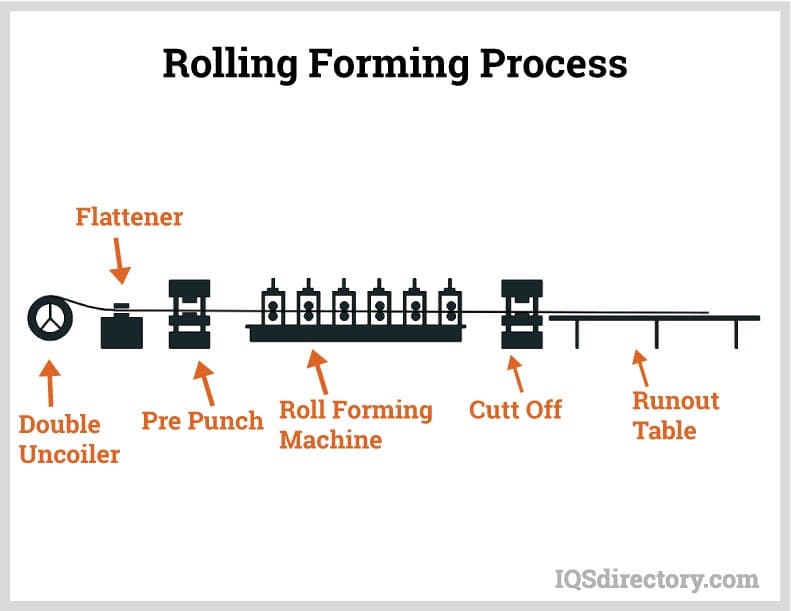
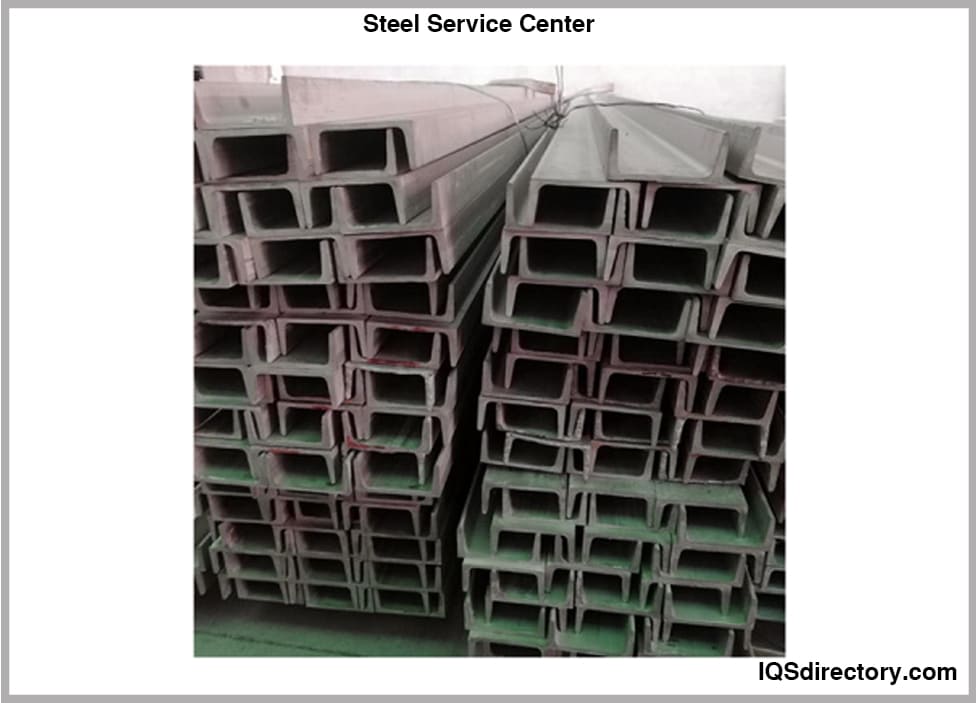
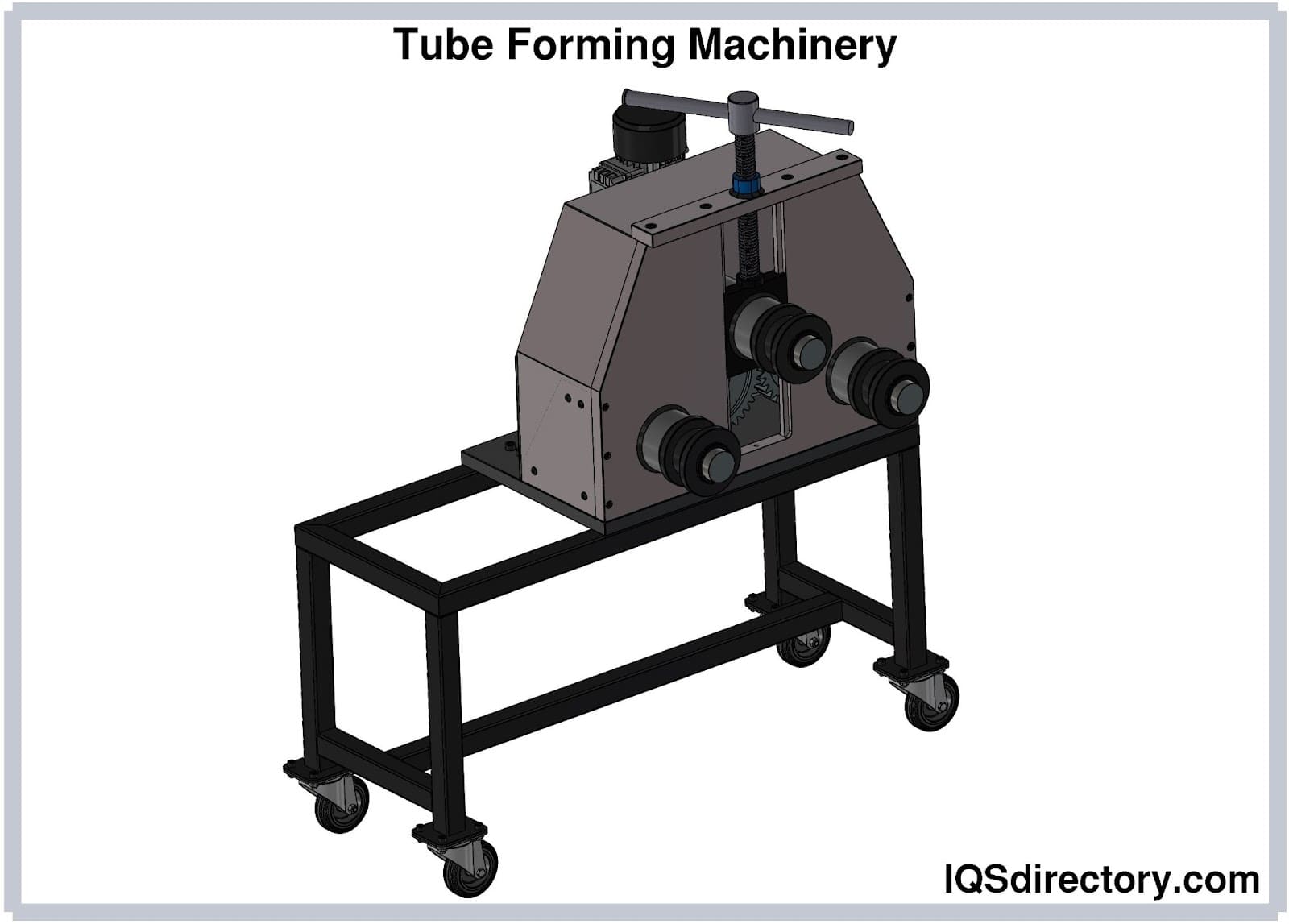
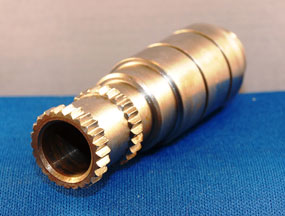 Broaching
Broaching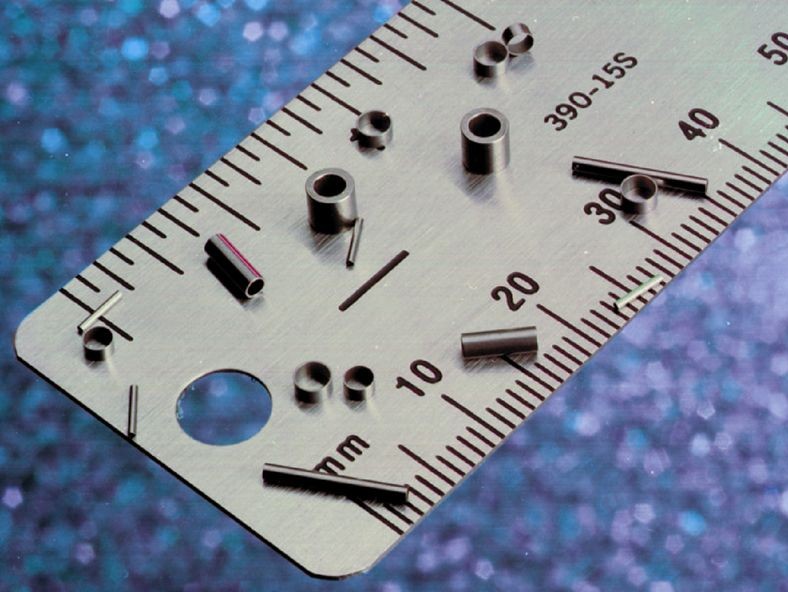 CNC Machining
CNC Machining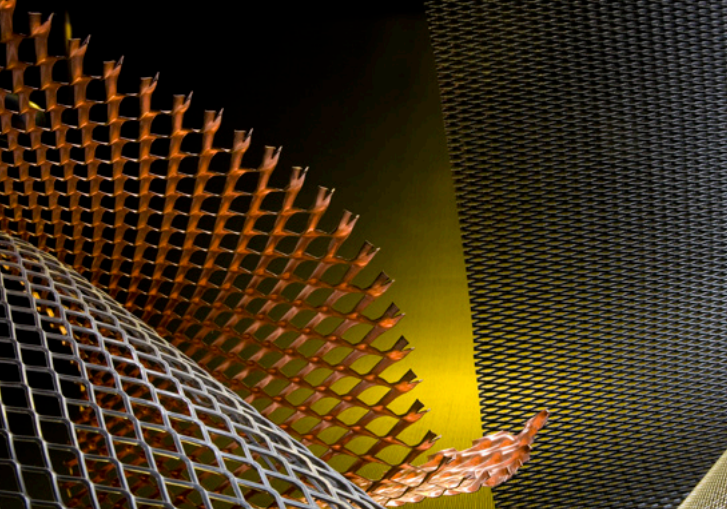 Expanded Metals
Expanded Metals Laser Cutting
Laser Cutting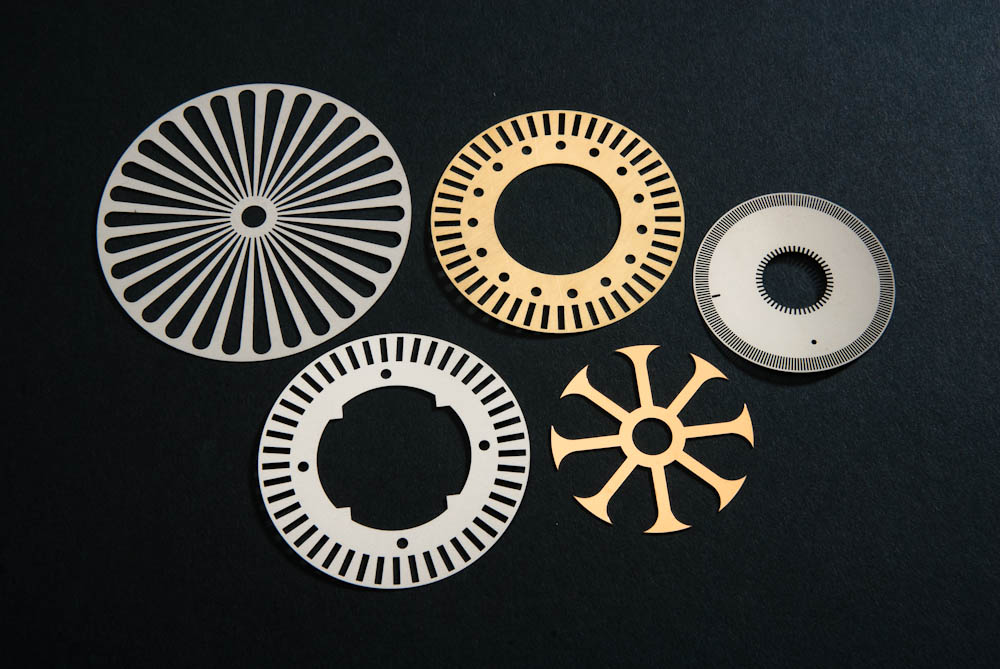 Metal Etching
Metal Etching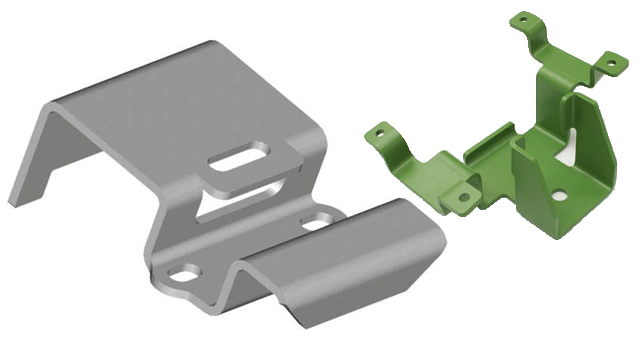 Metal Fabrication
Metal Fabrication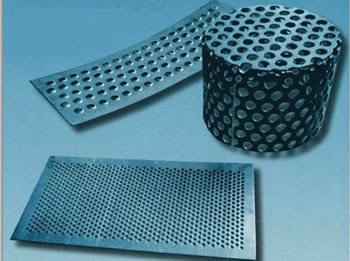 Perforated Metals
Perforated Metals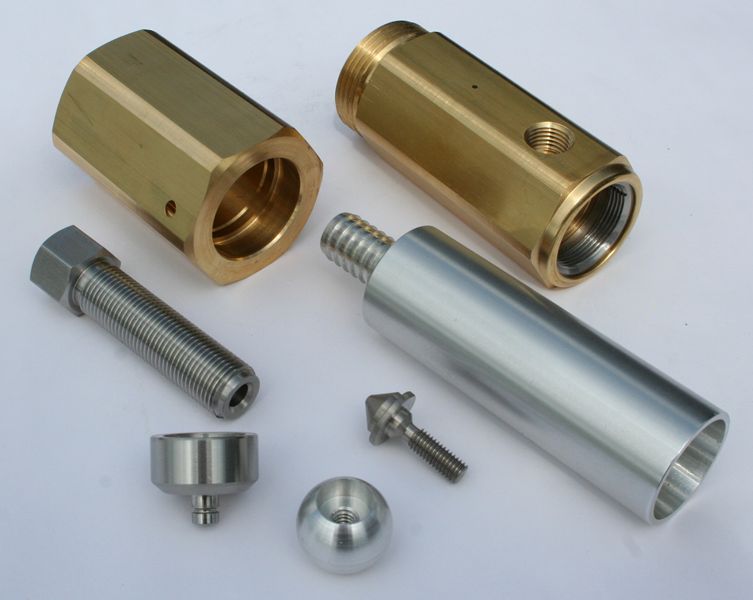 Screw Machine Products
Screw Machine Products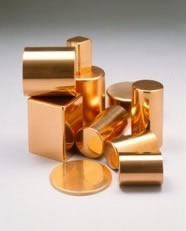 Metal Stampings
Metal Stampings Sheet Metal Fabrication
Sheet Metal Fabrication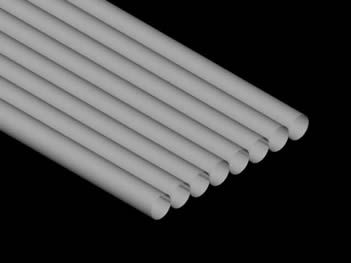 Tube Fabrication
Tube Fabrication Water Jet Cutting
Water Jet Cutting Castings & Forgings
Castings & Forgings Bulk Material Handling
Bulk Material Handling Electrical & Electronic Components
Electrical & Electronic Components Flow Instrumentation
Flow Instrumentation Hardware
Hardware Material Handling Equipment
Material Handling Equipment Metal Cutting Services
Metal Cutting Services Metal Forming Services
Metal Forming Services Metal Suppliers
Metal Suppliers Motion Control Products
Motion Control Products Plant & Facility Equipment
Plant & Facility Equipment Plant & Facility Supplies
Plant & Facility Supplies Plastic Molding Processes
Plastic Molding Processes Pumps & Valves
Pumps & Valves Recycling Equipment
Recycling Equipment Rubber Products & Services
Rubber Products & Services